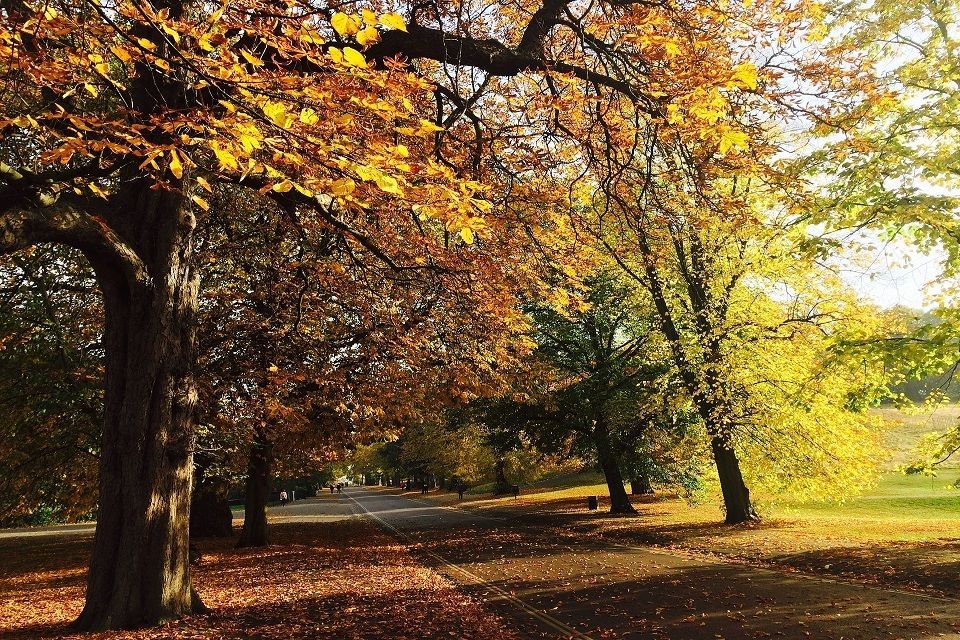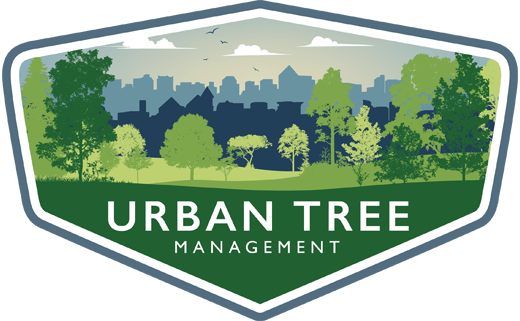This February, Biodiversity Net Gain became mandatory in England.

Following the Environment Act 2021, a new mandate was introduced such that new developments requiring planning permission in England must deliver an overall biodiversity gain. After some months of delay, the date for mandatory Biodiversity Net Gain (or BNG) was finally announced in January 2024. The date of 12th February applies to new planning applications for most major developments. BNG will apply to further development types later in the year. Small sites will require a mandatory gain from April, whilst Nationally Significant Infrastructure Projects (NSIPs) will require mandatory gain from November. A few developments including high-speed rail and very small and householder projects are exempt from BNG regulations.
To deliver a biodiversity gain, nature must be left in a measurably better state than it was before development. Developers and their teams must identify, map and assess the condition of habitats, as a baseline, within the site footprint. They must quantify potential habitat losses and produce plans and design options accordingly. Finally, they must submit a biodiversity gain plan to demonstrate how they will create or enhance habitats to offset any losses. Ideally, habitat creation and enhancement occur on-site, but offsite arrangements are permissible too.
Interestingly, the main tool to implement BNG uses area cover of habitat (in hectares) as the proxy measure for biodiversity. This official, statutory metric (called the Biodiversity Metric) must be used to account for all existing habitats and to calculate the value of the habitats that will be created or enhanced. All of this is measured as ‘biodiversity units’, and a 10% gain of units is the minimum requirement.
There are several factors and multipliers involved in calculating the biodiversity units that a site will lose or gain, including the condition of habitats – existing and proposed – and their local strategic significance. Habitat distinctiveness is also accounted for and is intended to highlight unique species assemblages and distinguishing features. For example, wood pasture and parkland scores higher in distinctiveness compared to other types of woodland. As before BNG, ancient woodland and ancient and veteran trees are treated as irreplaceable habitats. These need to be recorded in the Biodiversity Metric, but any loss or deterioration through development requires bespoke compensation – you cannot achieve a net gain through damage to the most valuable.
Individual trees, hedgerows and treed habitats will all be captured in the Biodiversity Metric. Arboriculturists conducting surveys should be aware of how trees are recorded and valued by this tool, which is focused on value for nature. It is, of course, great to recognise biodiversity benefits of trees but this is additional to amenity and other environmental benefits that tree professionals will also be thinking about. Further, it is important to understand how losses of existing trees will require not just replacement, but even more and better-quality habitat.
Guidance states that a ‘competent person’ should complete the Metric calculations and produce a biodiversity gain plan. Depending on the project, arboriculturists may need to work more closely with ecologists to achieve the best outcomes through BNG. Regardless, it is the task for arboriculture to ensure trees are properly assessed, valued and protected in the planning system.
The Association is currently looking into training needs for the industry and hopes to offer something soon, so watch this space. To find the collection of guidance from government, visit the website: www.gov.uk/guidance/biodiversity-net-gain

